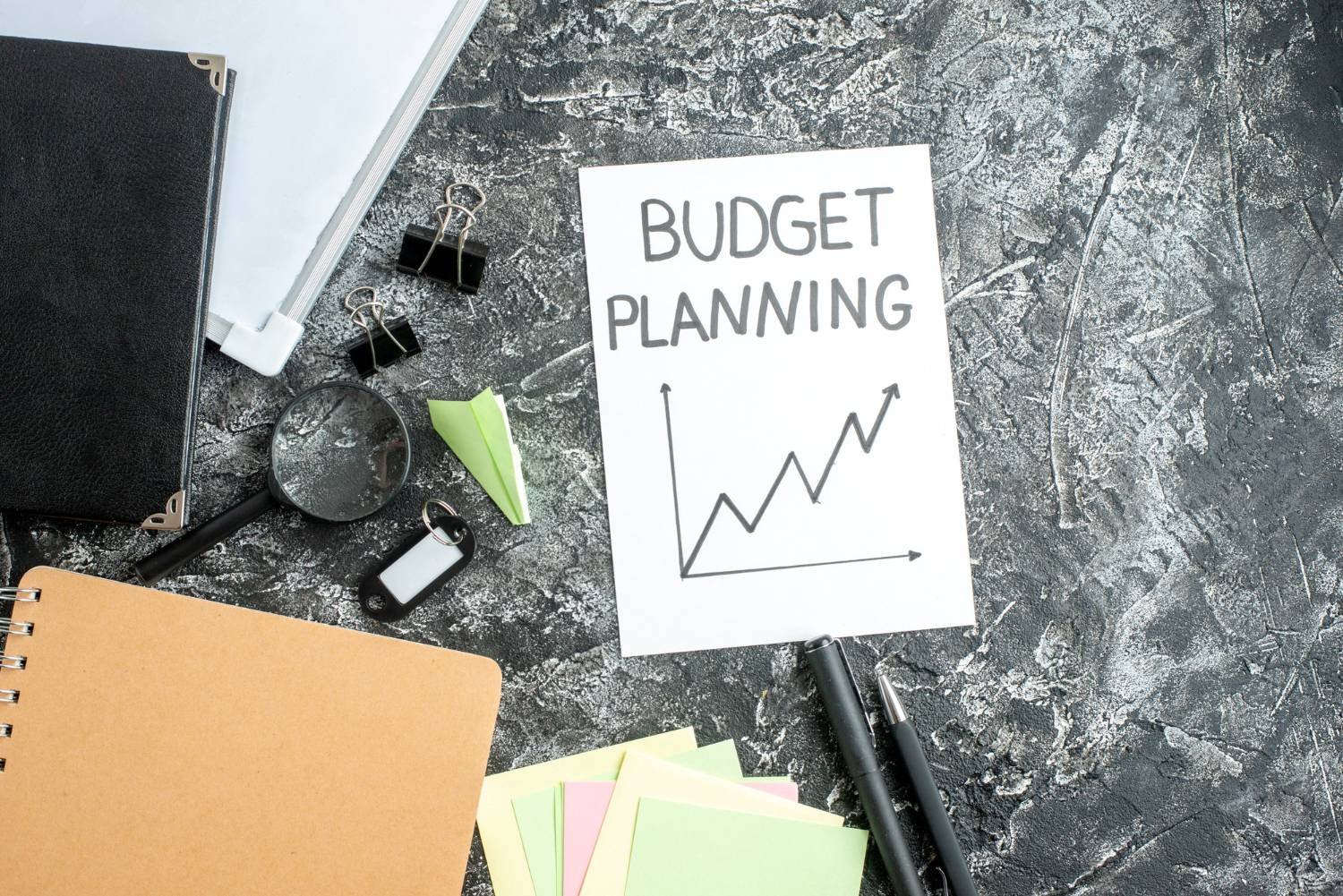Effective budget planning

Proper planning of a personal budget is one of the most important tools to achieve stability and confidence in tomorrow. This approach helps to understand how to best distribute revenues and expenses, reduce unnecessary expenses and provide the opportunity to save funds for future goals. In this article, we will analyze in detail the basic principles of budget formation and present practical advice on its maintenance.
1. Analysis of income and expenses
The first step towards competent budget planning is a detailed study of revenues and expenses. It is important to record all sources of receipts, as well as to fix expenses in order to make a complete picture of the financial situation.
- Collection of information: Write down income from various sources - wages, additional earnings or other receipts.
- Accounting for expenses: Making records under consumption articles will help determine which expenses can be reduced and which are vital.
- Periodic control: Regular analysis of records allows you to identify repeated errors or excess.
In order to clarify the structure of your income and expenses as much as possible, you can keep a diary or use simple tables, where categories, amounts and date of operations will be reflected.
2. Formation of cost categories
One of the key points is the division of expenses into several categories, which helps to structure the budget and focus on the important. Expenses should be divided as follows:
- Main needs: Payment of housing, utilities, meals and transport.
- Mandatory expenses: Payment of communication, education, medical services.
- Additional expenses: Entertainment, hobbies, travel and other expenses that do not affect vital needs.
This approach will clearly see which part of the funds goes to mandatory needs, and how much can be allocated for leisure. Having determined priorities, it is easier to understand where you can reduce extra expenses and redistribute funds for important goals.
3. Installing financial purposes
After you took into account the income and expenses, the next step is to formulate goals. Goals can be short -term, medium -term and long -term, and each of them requires its approach.
- Short -term goals: The accumulation of funds for urgent needs, for example, repair or purchase of the necessary goods.
- Medium -term goals: Rest planning or organization of measures requiring certain cash costs.
- Long -term goals: The creation of a "airbag", planning future expenses or the achievement of large life guidelines.
To achieve goals, it is useful to distribute funds by categories by setting a percentage ratio that will help avoid overrun. For example, you can distinguish a certain share of all receipts for accumulations without violating the balance between current needs and future plans.
4. Drawing up a plan and its adjustment

After the analysis of the current situation, it is necessary to draw up a plan that will take into account all the receipts and the indicated goals. The plan can be divided into the following stages:
- Month planning: Distribute funds to the main items of expenses, as well as lay part for savings.
- Planning for the quarter: Analyze the dynamics and find out how effectively available means are used. If necessary, adjust the plan based on changes in income or needs.
- Year planning: Determine large -scale goals and plan large expenses that may occur during the year.
It is important to remember that the budget is not a tough scheme, but a flexible tool that requires periodic review and adjustment. Changes in life circumstances or unexpected situations may require a review of priorities and redistribution of resources.
5. Control over the implementation of the plan
For successful budget management, it is necessary to establish a system for monitoring the implementation of the established plan. Regularly analyze how really it is possible to adhere to the planned expenses and savings.
- Regular checks: Select the time for weekly or monthly analysis of income and expenses.
- Deviation fixation: Write down where the overspending occurred and analyze the reasons.
- Correct measures: In case of detection of deviations from the plan, promptly make changes to avoid the accumulation of debts or lack of funds.
The presence of clear control allows not only to see the current situation, but also to prevent the development of problems that can adversely affect your stability life. Timely adjustments to the plan will help maintain balance and confidence in the future.
6. Practical recommendations
Below are useful tips that will help make the budget planning the more effective process:
- Cut the notes regularly, do not put off for later.
- Priority to consider vital needs.
- Try to prevent a sharp overrun of funds, distributing them evenly.
- Do not forget to take into account periodic and one -time expenses.
- Use simple tables or applications for keeping records to see the overall picture.
- Pay attention to small expenses, which over time can significantly affect the budget.
When planning your budget, it is important to periodically revise goals and adjust priorities depending on the changing circumstances. This approach helps to adapt to changes and maintain confidence in the future.
The approach to the systematization of income and expenses requires discipline and attention to details, but the result is worth it. A competently compiled budget allows not only to comply with the balance between waste and accumulation, but also to create a strong basis for the implementation of the intended life guidelines and the achievement of the goals. Constant self -improvement and analysis will allow you to develop an ideal budget for yourself over time, which will ensure stability for many years to come.


